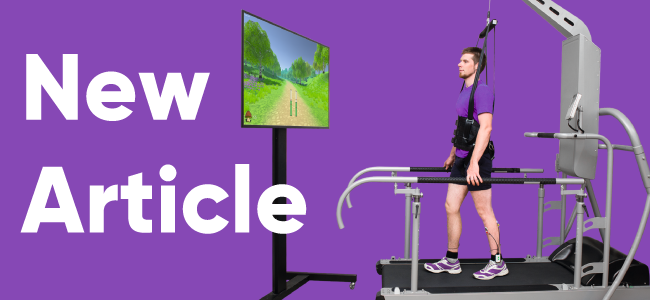Walking function disorders are typical for patients after cerebral stroke. Biofeedback technology (BFB) is currently considered effective and promising for training walking function, including in patients after cerebral stroke.
29/10/2021 a new Article "A Study of Biofeedback Gait Training in Cerebral Stroke Patients in the Early Recovery Phase with Stance Phase as Target Parameter" was published in "Sensors" Journal, the leading international, peer-reviewed, open access journal on the science and technology of sensors.
The aim of study was to investigate the feasibility of using BFB training targeting one of the basic parameters of gait symmetry—stance phase duration—in cerebral stroke patients in the early recovery period. The study included 20 hemiparetic patients in the early recovery period after the first hemispheric ischemic stroke.
The BFB training and biomechanical analysis of walking (before and after all BFB sessions) were done using an inertial system Steadys. BFB trainings were held during 3 weeks.
The changes were more significant for the functioning of hip and knee joints. The contralateral hip amplitude returned to the normal range. For the knee joint, the amplitude of the first flexion increased and the value of the amplitude of hyperextension decreased in the middle of the stance phase. Concerning muscle function, the observed significant decrease in the function of m. Gastrocnemius and the hamstring muscles on the paretic side remained without change at the end of the treatment course.
Positive dynamics of the biomechanical parameters of walking in patients after the BFB training course was obtained.
Full text of the article you may find here.
